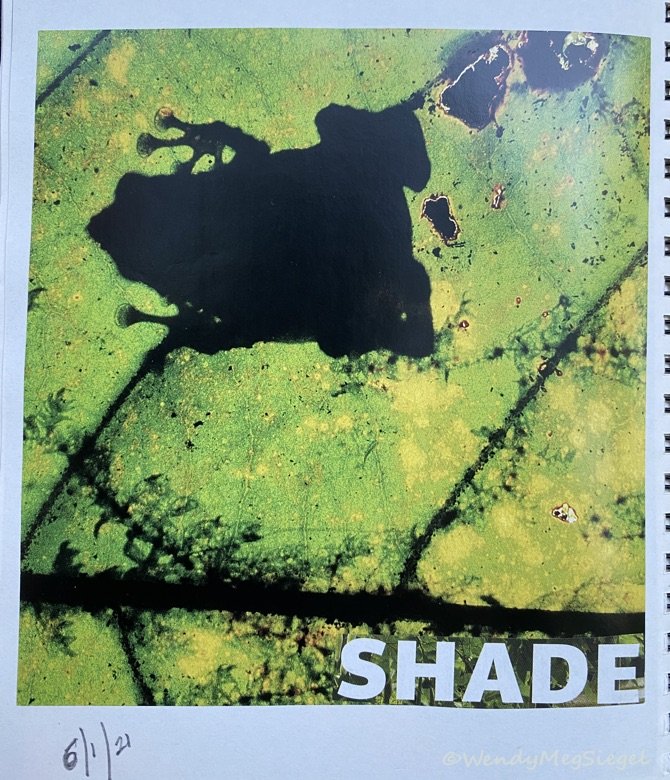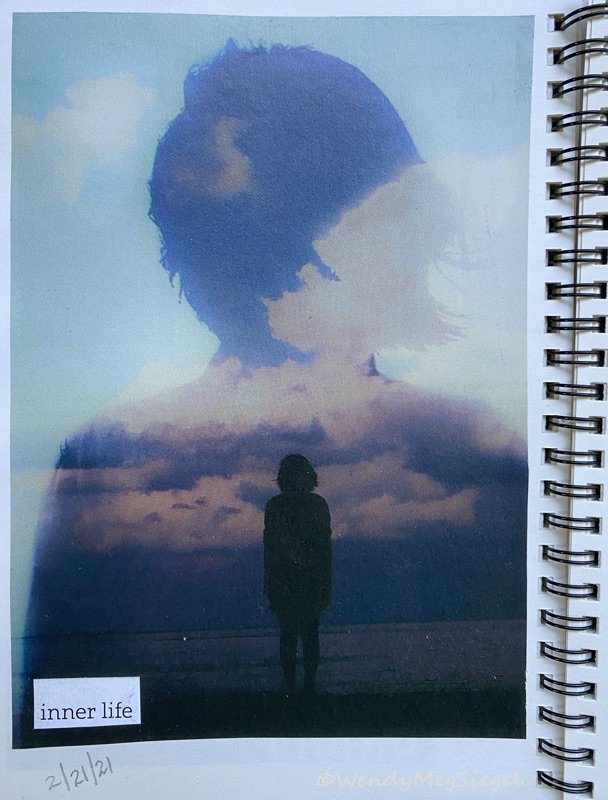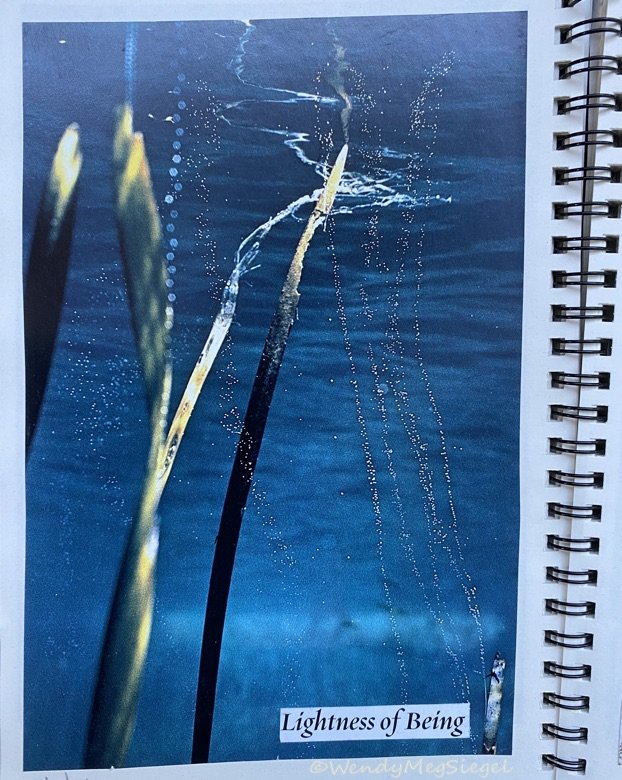As a mixed media artist, before starting a painting, I already have what you might call a bag of tricks. I call them elements.
These are the materials I’ve come to love using, the pieces that often make their way into my work. There are: the scraps of cloth I am so very fond of. Printouts of wise words and quotes. Pages of sheet music. Text in other languages. Pattern paper. Something from my collection of textured papers in many different colors.
Before I begin, I often have an idea of which elements I might incorporate, along with the tools, textures, and mark-making processes I want to play with. My bag of tricks is always at the ready. In the end, I may use a wide variety of these elements, or end up keeping it simple… with just layers of paint and pencil marks.
In life, we carry our own set of elements. Some are obvious, skills we’ve developed and traits we have carried with us through the years. Others are so much a part of us we hardly notice them, like the twinkle in our eye when we’re doing something we love, or the way we light up a room when experiencing a moment of joy.
What are the elements you bring to whatever you create, whether it’s a work of art, a relationship, a home, a new life chapter, or a day in your life? Maybe it’s kindness, determination, inner peace, curiosity, humor, or the ability to see possibility where others see roadblocks.
And just as I love stumbling upon new techniques in the studio, the ones I immediately know I want to use again and again, we can discover new elements within ourselves as we travel our path through life. Sometimes the qualities we think we’ve been lacking are simply ones that have not yet surfaced. They are likely to make their appearance as we take one step at a time in creating our lives and moving toward our dreams.
We grow with each step. Every new element that shows up, whether planned or unexpected, can support our journey, expand our vision, and shape what we’re creating.
So, here’s a question:
What are the elements you carry with you through life, and what new ones do you hope to discover along the way?
You may also be interested in:
Pondering Change in Life and Art
Following Life’s Bread Crumbs



















